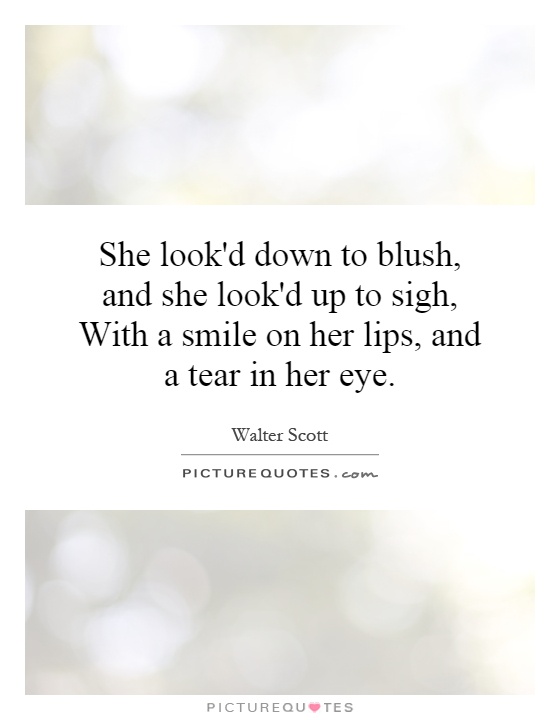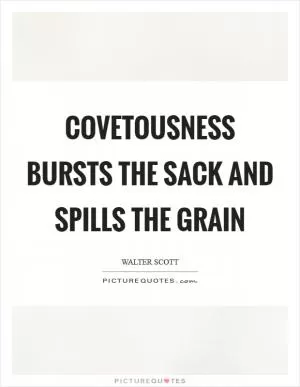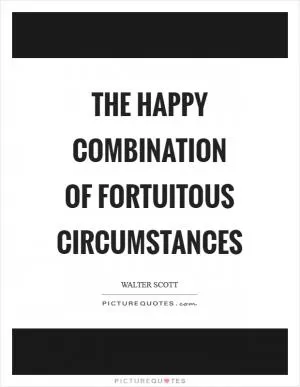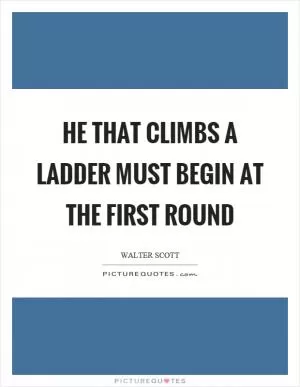She look'd down to blush, and she look'd up to sigh, With a smile on her lips, and a tear in her eye

She look'd down to blush, and she look'd up to sigh, With a smile on her lips, and a tear in her eye
The line "She look'd down to blush, and she look'd up to sigh, With a smile on her lips, and a tear in her eye" perfectly captures the complex emotions and inner turmoil of a character in a Walter Scott novel. Scott was a master at creating vivid and multi-dimensional characters who were often torn between duty and desire, love and loyalty, and honor and passion.In many of Scott's works, particularly his historical romances, the female characters are often portrayed as strong and independent, yet also vulnerable and conflicted. They are torn between societal expectations and their own desires, between the constraints of their time and the yearnings of their hearts. The line "She look'd down to blush, and she look'd up to sigh, With a smile on her lips, and a tear in her eye" encapsulates this inner struggle perfectly.
The act of looking down to blush suggests a sense of modesty and embarrassment, perhaps at the intensity of her own feelings or the impropriety of her desires. Looking up to sigh conveys a sense of longing and yearning, as if she is gazing towards the heavens in search of guidance or solace. The smile on her lips hints at a facade of happiness or contentment, a mask she wears to conceal her true emotions from the world. And the tear in her eye betrays the depth of her sorrow or inner turmoil, a silent testament to the pain and conflict raging within her.
This line could easily be applied to many of Scott's heroines, such as Rebecca in "Ivanhoe" or Ellen in "The Lady of the Lake". These women are strong and resilient, yet also deeply human and vulnerable. They are torn between duty and desire, love and loyalty, and the conflicting demands of their hearts and minds. In their struggles and sacrifices, they embody the timeless themes of love, honor, and sacrifice that are central to Scott's works.












 Friendship Quotes
Friendship Quotes Love Quotes
Love Quotes Life Quotes
Life Quotes Funny Quotes
Funny Quotes Motivational Quotes
Motivational Quotes Inspirational Quotes
Inspirational Quotes